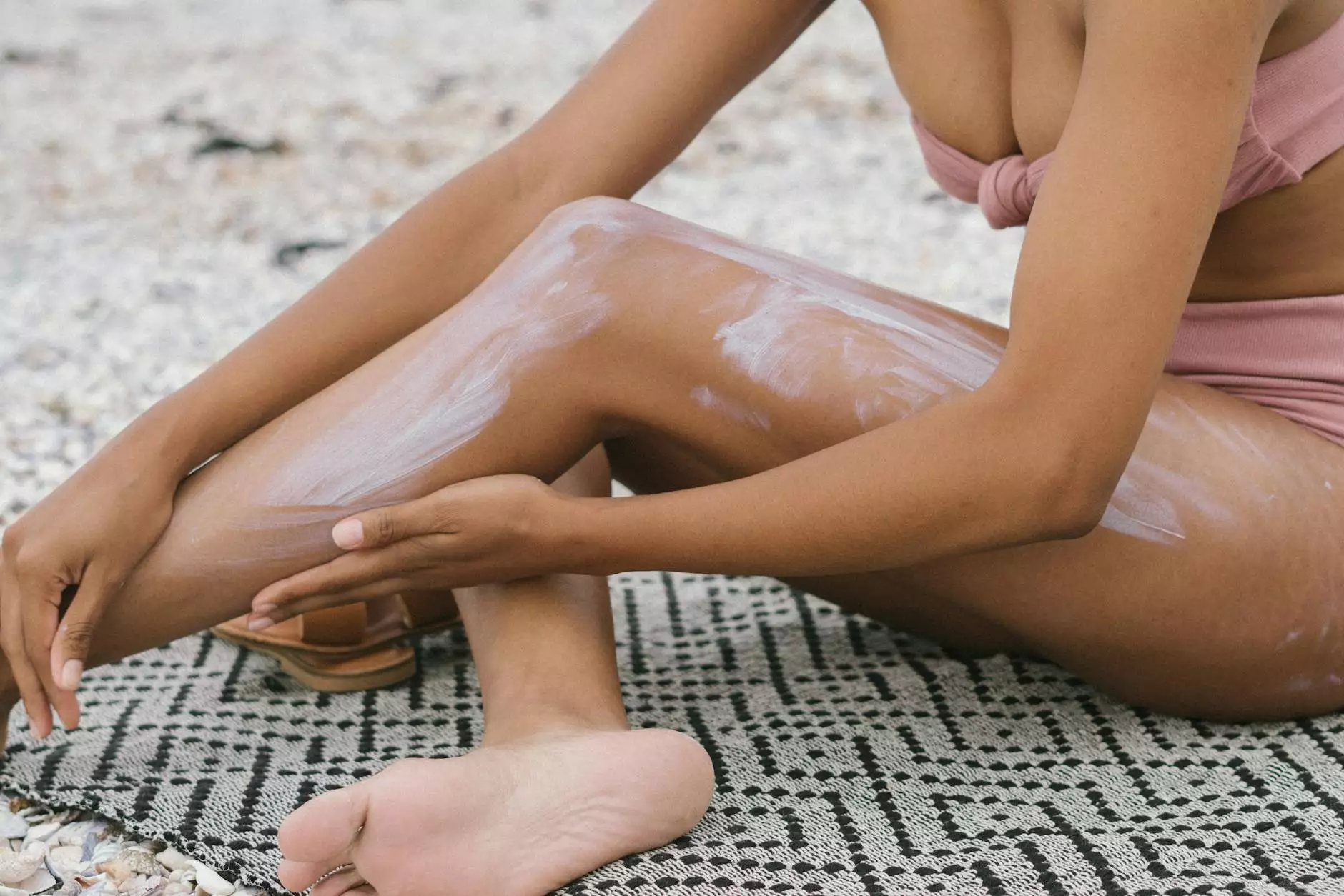How Important is Sunscreen for Rosacea?

Understanding Rosacea and Sun Exposure
Rosacea is a common skin condition that primarily affects the face, causing redness, flushing, and sometimes acne-like bumps. It is often triggered or worsened by various factors, such as temperature changes, spicy foods, alcohol consumption, stress, and sun exposure.
When it comes to sun exposure, individuals with rosacea need to be extra cautious. Sunlight contains harmful ultraviolet (UV) rays that can trigger rosacea flare-ups, leading to increased redness, inflammation, and discomfort. UV rays can also worsen the underlying skin sensitivity and damage blood vessels, making the skin more prone to visible signs of rosacea.
The Benefits of Sunscreen for Rosacea
Sunscreen is a crucial skincare product for individuals with rosacea. It acts as a protective barrier between your skin and the sun's harmful UV rays, reducing the risk of flare-ups and long-term skin damage.
Here are the key benefits of using sunscreen for rosacea:
1. Protection from UV Rays
Sunscreens with a high Sun Protection Factor (SPF) shield your skin from both UVA and UVB rays. UVA rays penetrate deep into the skin and are known to trigger rosacea symptoms and contribute to premature skin aging. UVB rays cause sunburn and can exacerbate existing inflammation.
2. Prevention of Flare-ups
By applying sunscreen daily, you create a protective barrier that helps prevent triggers, including sun exposure. This can reduce the frequency and severity of rosacea flare-ups, providing relief and improving the overall appearance of your skin.
3. Minimization of Sun-Related Skin Damage
Regular use of sunscreen helps minimize the risk of sunburn, sunspots, and melanoma. Sun damage can further aggravate rosacea symptoms and compromise the skin's barrier function, making it more vulnerable to irritants.
Choosing the Right Sunscreen for Rosacea
When selecting a sunscreen for rosacea, consider the following factors:
1. Broad Spectrum Protection
Opt for a broad-spectrum sunscreen that provides protection against both UVA and UVB rays. Look for products labeled with "Broad Spectrum" or "UVA/UVB" protection to ensure comprehensive coverage.
2. SPF 30 or Higher
Choose a sunscreen with a minimum SPF of 30. Higher SPF values offer increased protection, but keep in mind that no sunscreen can provide 100% protection. Reapplication is essential, especially after sweating or prolonged sun exposure.
3. Fragrance-Free and Non-Comedogenic
Opt for fragrance-free and non-comedogenic sunscreens to minimize potential irritation and clogged pores. These formulations are less likely to trigger rosacea symptoms or cause breakouts.
4. Gentle and Soothing Ingredients
Look for sunscreens formulated with gentle and soothing ingredients such as aloe vera, chamomile, and green tea extract. These can help calm inflamed skin and provide additional relief.
Tips for Sunscreen Application
To maximize the benefits of sunscreen for rosacea, follow these tips:
1. Apply Sunscreen Daily
Make sunscreen a part of your daily skincare routine, regardless of the weather conditions. UV rays can penetrate clouds and windows, so it's important to protect your skin consistently.
2. Use the Right Amount
Apply a generous amount of sunscreen to adequately cover your face and any exposed areas of the body. A good guideline is about a teaspoon for the face and a shot glass size for the body.
3. Reapply Sunscreen Regularly
Reapply sunscreen every two hours, or more frequently if you are sweating or in direct sunlight. Even water-resistant sunscreens lose their effectiveness over time.
4. Seek Shade
Avoid prolonged sun exposure, especially during peak hours when the sun's rays are strongest (usually between 10 AM and 4 PM). Seek shade, wear protective clothing, and use accessories like wide-brimmed hats and sunglasses.
Conclusion
Sunscreen plays a vital role in managing and preventing rosacea flare-ups. By choosing a broad-spectrum sunscreen with an adequate SPF and incorporating it into your daily routine, you can protect your skin from harmful UV rays and reduce the impact of triggers. Remember to consult with your dermatologist for personalized advice and recommendations tailored to your specific condition.




